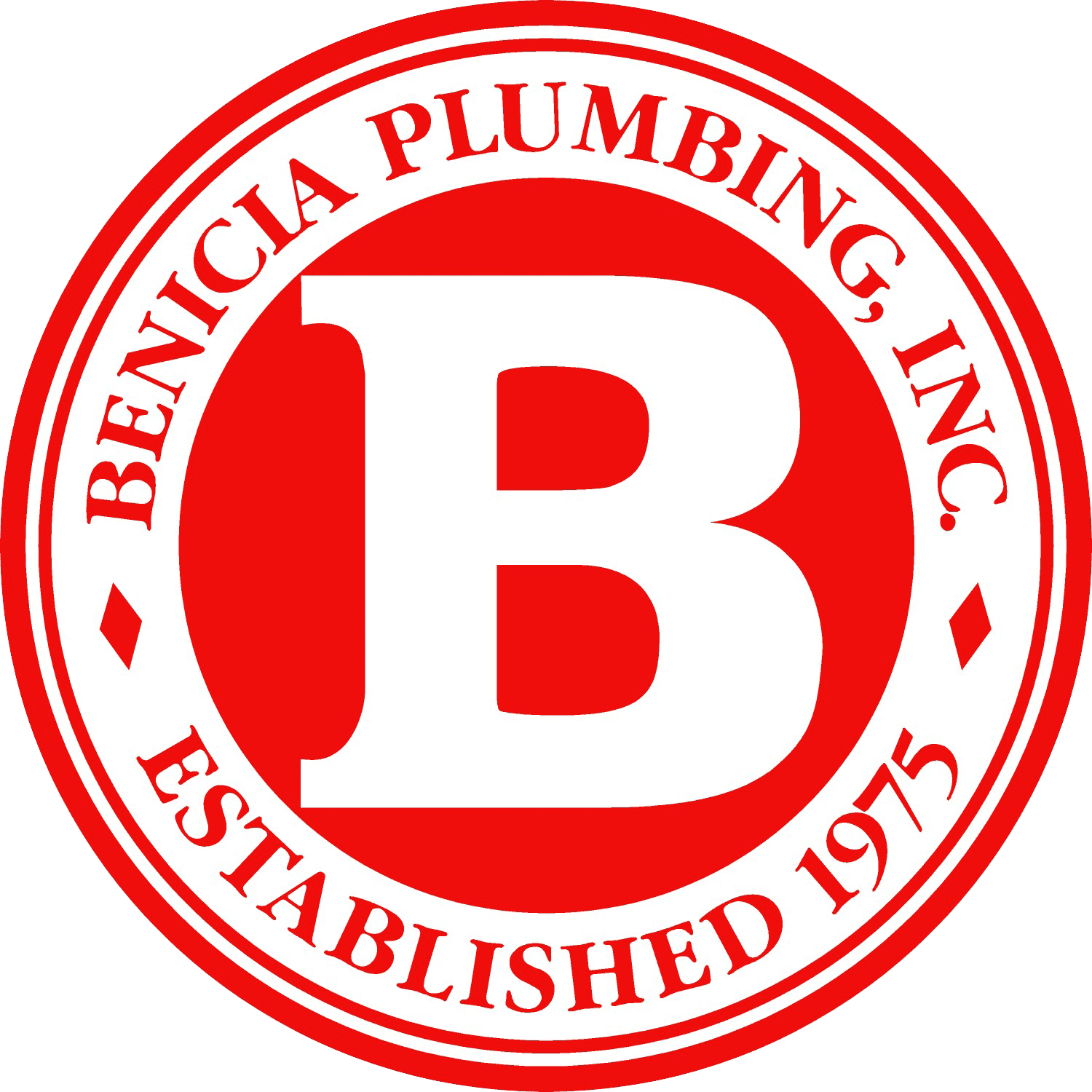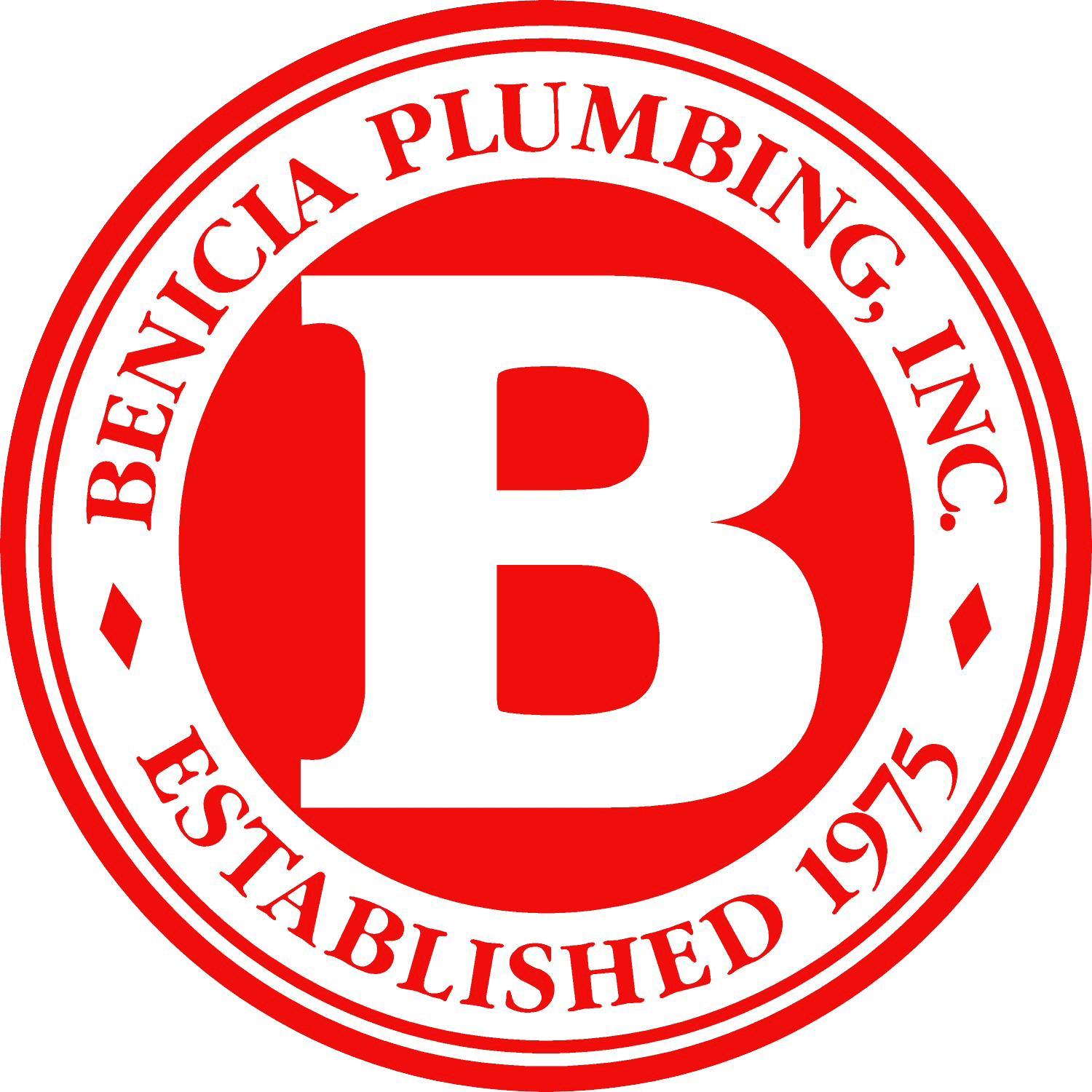Are you dealing with foul-smelling drains or mysterious stinky water? Healthy, clean drains and pipes help create a safe and comfortable home. However, there are instances that create the perfect conditions for that “rotten egg” smell to drift throughout a home.
Here are the three most common causes of stinky drains and smelly water, and the solutions to create a pleasant-smelling home once again:
1. Venting Issues
Problem: Sewer gas ventilation systems are present in most homes, and lead the sewer gas to the outside environment. However, these vents can become clogged.
When this occurs, sewer gas backs up and is forced back into waste pipes, leaving you with a foul and annoying smell.
Clogs can be caused by a variety of factors, such as snow, animal nests, leaves, and other debris.
Solution: If the clogs are in an accessible and safe area, you can try to remove them on your own. If they are inaccessible, call your local plumbing expert.
They have the knowledge and tools necessary to safely remove any clog, and providing solutions to avoid recurrence.
2. A Smelly Water Heater
Problem: Water heaters are the perfect breeding ground for bacteria. Their dark, moist interiors allow the bacteria to thrive, especially when the water supply contains sulfur.
This combination creates that “rotten egg” smell that emanates throughout a home’s water supply.
Solution: Try cleaning your water heater with H2O, commonly known as hydrogen peroxide. This peroxide kills the bacteria, and degrades to components of oxygen and water, meaning it is safe for both your water and the environment.
These bacteria, when mixed with sulfur, feed off metal components in your water heater. An anode is a common feature which is made of aluminum and magnesium, which are perfect for the multiplication of smelly bacteria.
Try replacing aluminum or magnesium based anodes with one that is made of both zinc and aluminum.
3. Dried-Up P-Traps
Problem: The p-trap is the u-shaped part of a pipe, which contains a small amount of water that acts as a seal.
This seal prevents sewer gases from coming up through waste pipes or toilets and instead diverts it to the ventilation system leading to the outdoors.
These p-traps can dry up from a leak, disuse, or a blockage that siphons the water out of the pipe.
Solution: If you’re dealing with a smelly pipe that has not been recently used, simply run the tap for a couple of minutes. This should refill the p-trap, and eliminate the smell quickly.
If the smell is coming from a commonly used pipe, the issue might be more critical. Check for leaks or blockages if you can, and contact a plumber immediately.
They can help you locate the source of an issue, and fix it in a timely fashion before more serious damage occurs.
When you do business with Benicia Plumbing, you can count accountability, punctuality, transparency and quality and that is our non-negotiable promise. From the first interaction through the successful completion of any project, you can be certain that Benicia Plumbing, Inc., will endeavor to do everything it can to make your experience the best it possibly can.
Sources: DIY Channel and Wikipedia




